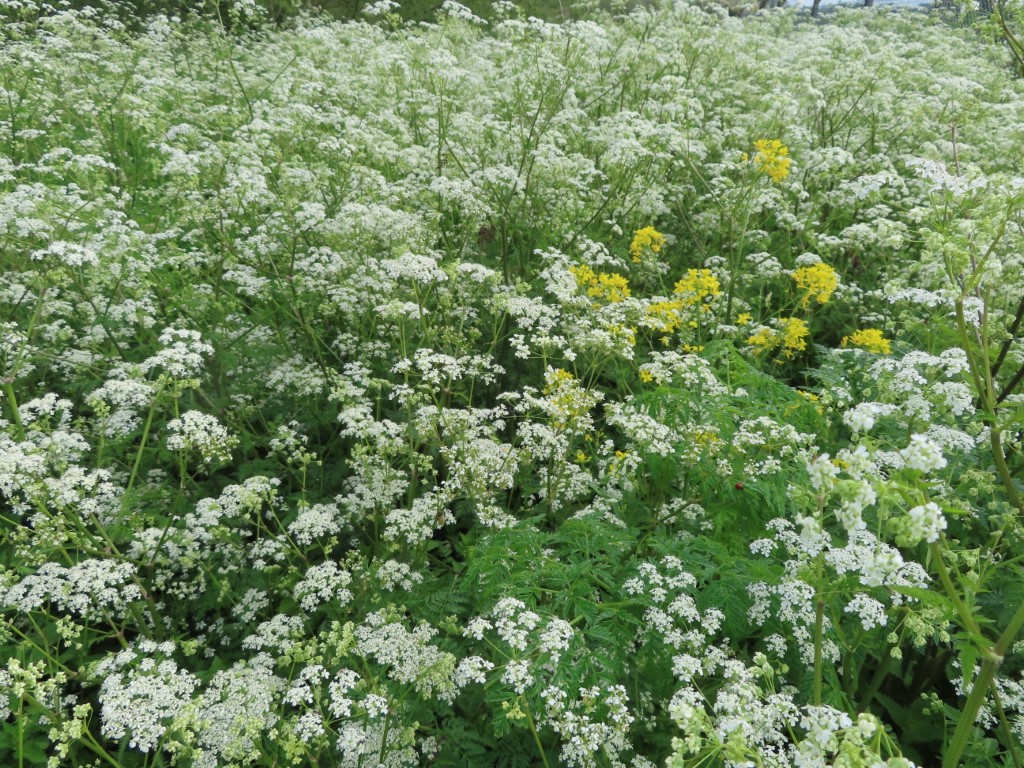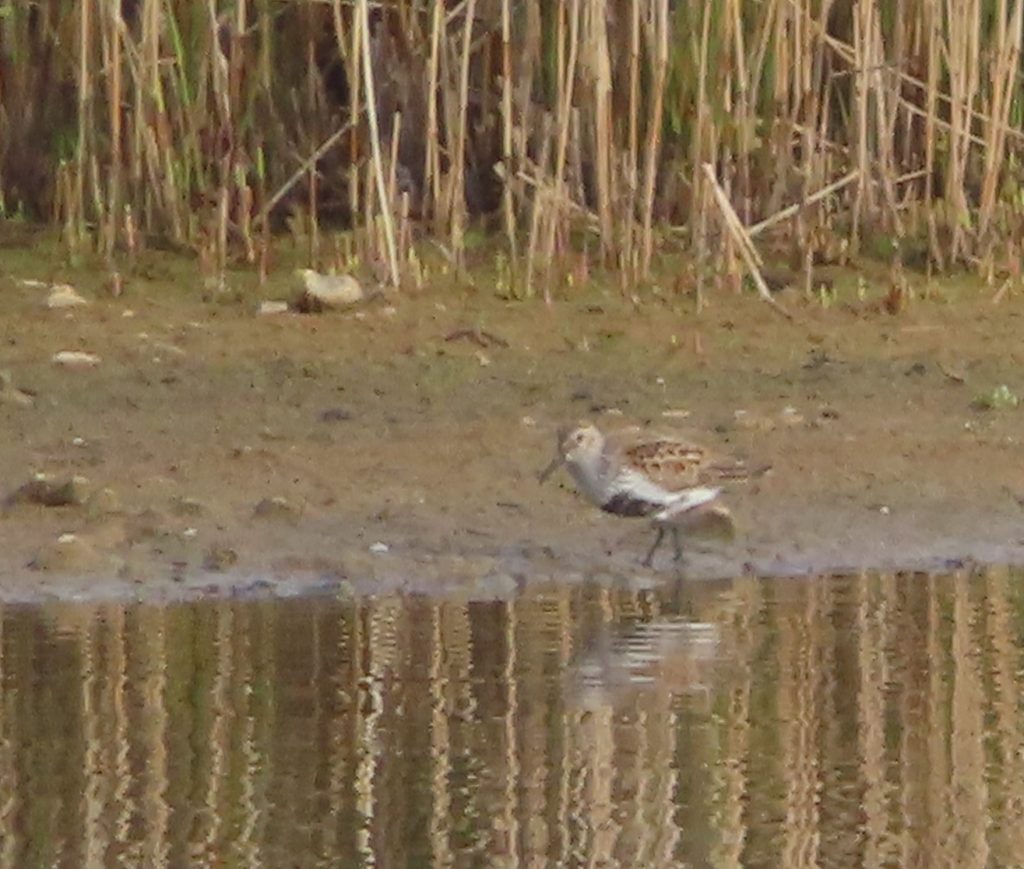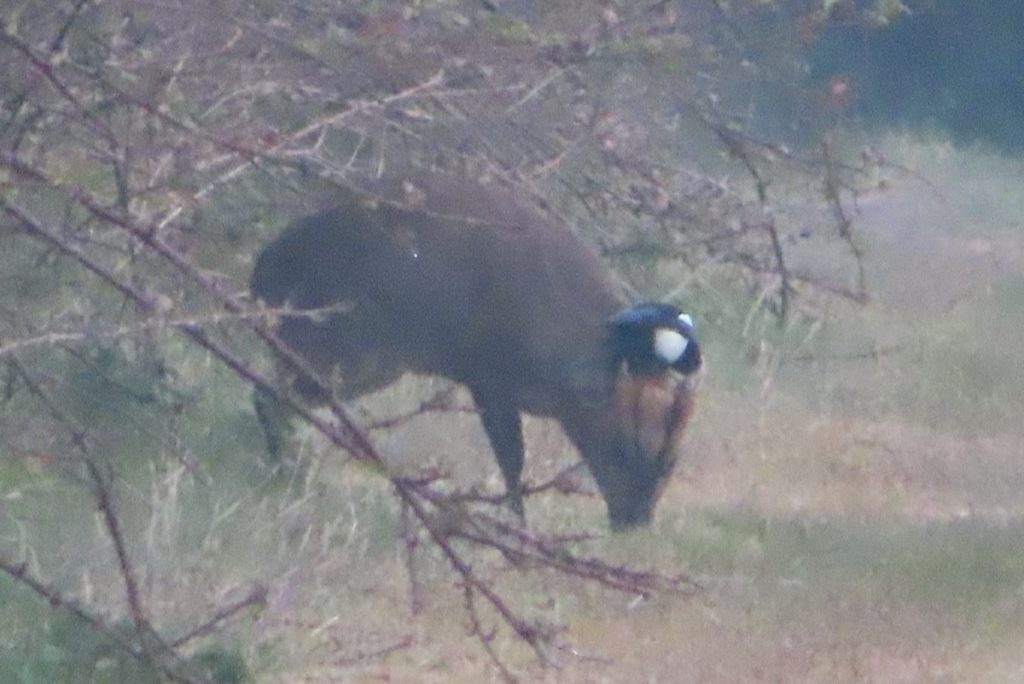Observations

May-June 2021 – Cool, wet and downbeat
After the very dry and cool April, May proved to be very wet and still cool, June began dry and warm but then turned wet and cool again. The wildflowers loved the weather, but the birds not so much; it proved trying for many breeding birds, and productivity seems almost universally low.
As we continue to be unable to access Thames Water land south of the Toll Road, these observations are again limited to birds see on the RSPB and HMWT reserves.
There were one or two of both Egyptian Goose and Shelduck, but no indication that they bred on site. A male Garganey was a welcome visitor in May, and a female followed on three dates in June. One or two Shovelers in May became up to eight in June, and a female Wigeon was seen on three dates. Four Teal at the beginning of May could have been the last of the winter visitors, and thereafter a single male stayed, possibly not able to fly long distances. The first returning bird was in mid-June, and by the end of the month there were up to six. Boom times for Gadwall, with a maximum count of 349 birds. Pochards stayed in good numbers, with one count of 22 birds, and some broods seen. Also back were Red-crested Pochard, and after last year’s first breeding pair there were up to three pairs seen on site and at least one duckling spotted.
Finally a mention for Great-crested Grebe, with one present most of the period, and two on two dates. It doesn’t look as though they bred in the north lagoons, so are these non-breeders, or the off-duty birds from one or more breeding pairs in the south? It’s frustrating not being able to access the south lagoons yet.
Our lonely Mediterranean Gull continued his vigil through May and then he seems to have given up trying to find a mate. He was joined on two dates by a first year bird but unsurprisingly that led to nothing. Such are the trials of unwilling bachelorhood.
Meantime the Black-headed Gull colony had a productive season marred by one raft curiously failing entirely for reasons unknown. The Common Terns suffered a two day deluge at hatching time which killed many tiny chicks. The few re-lays were predated by Magpies (the protective gulls by then having already fledged), and the 18 pairs reared only one single young.
Regular waders included one to three Oystercatchers through the period, most likely visiting birds that were breeding elsewhere in the valley; up to seven Lapwings, and up to four Little Ringed Plovers, but none of these succeeded in breeding.

Visiting waders included six Ringed Plovers in May, three remaining the following day; and two Dunlin with one a couple of days later. There were two Common Sandpipers present for two May days, presumably Spring passage birds, but one to two Green Sandpipers from mid-June were likely to be the first returning from breeding attempts further north. Best wader of the period however was the Wood Sandpiper one early May day.
Top Raptor sighting of the period was the Marsh Harrier which called in on one June day. Aside from that, up to ten Buzzards and up to four Red Kites were relatively routine. A single Peregrine was seen on seven dates, and Hobby numbers peaked at ten.
Up to three Cuckoos were seen throughout, including at least two males and one female. Spring peak of Swifts turned out to be a flock of 50 in May. Spring peaks of Hirundines were unremarkable, but it was also good to see Spring Yellow Wagtails on three dates, and a male Whinchat.
A singing male Grasshopper Warbler was heard through May and into June, and very efficient ringing expedition caught and ringed it. The rarest of our regular warblers otherwise would be Lesser Whitethroat, two of which were recorded up to mid-May but not thereafter. Have they bred on site this year? It’s not impossible, once settled into married life the males stop singing (any analogies with human life will be rigorously avoided). We’ll see if any fresh juveniles get caught… Speaking of which, a nice new juvenile Goldcrest was caught and must have been hatched nearby.

However, most of the summer warblers returned in modest numbers, and seem to have had a poor breeding season. Similarly, we have had very few finches and buntings on site.
Finally, the most oddball Passerine sighting of the period must be the Magpie seen early one morning perched on a Muntjac’s head. The deer seemed quite unconcerned, it wasn’t grazing, just standing with its head low; we suspect the Magpie was eating ticks or other parasites to the benefit of both.
